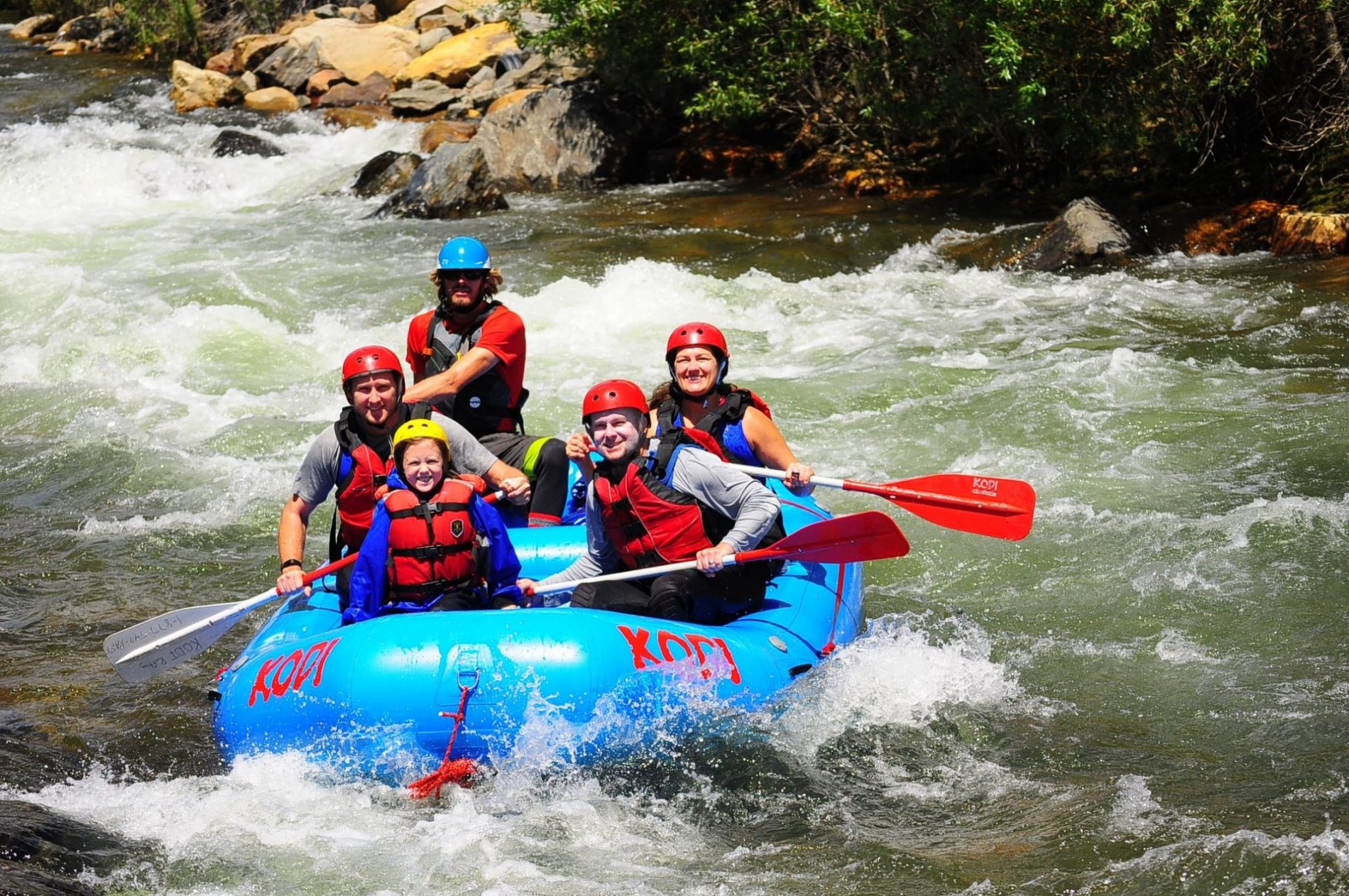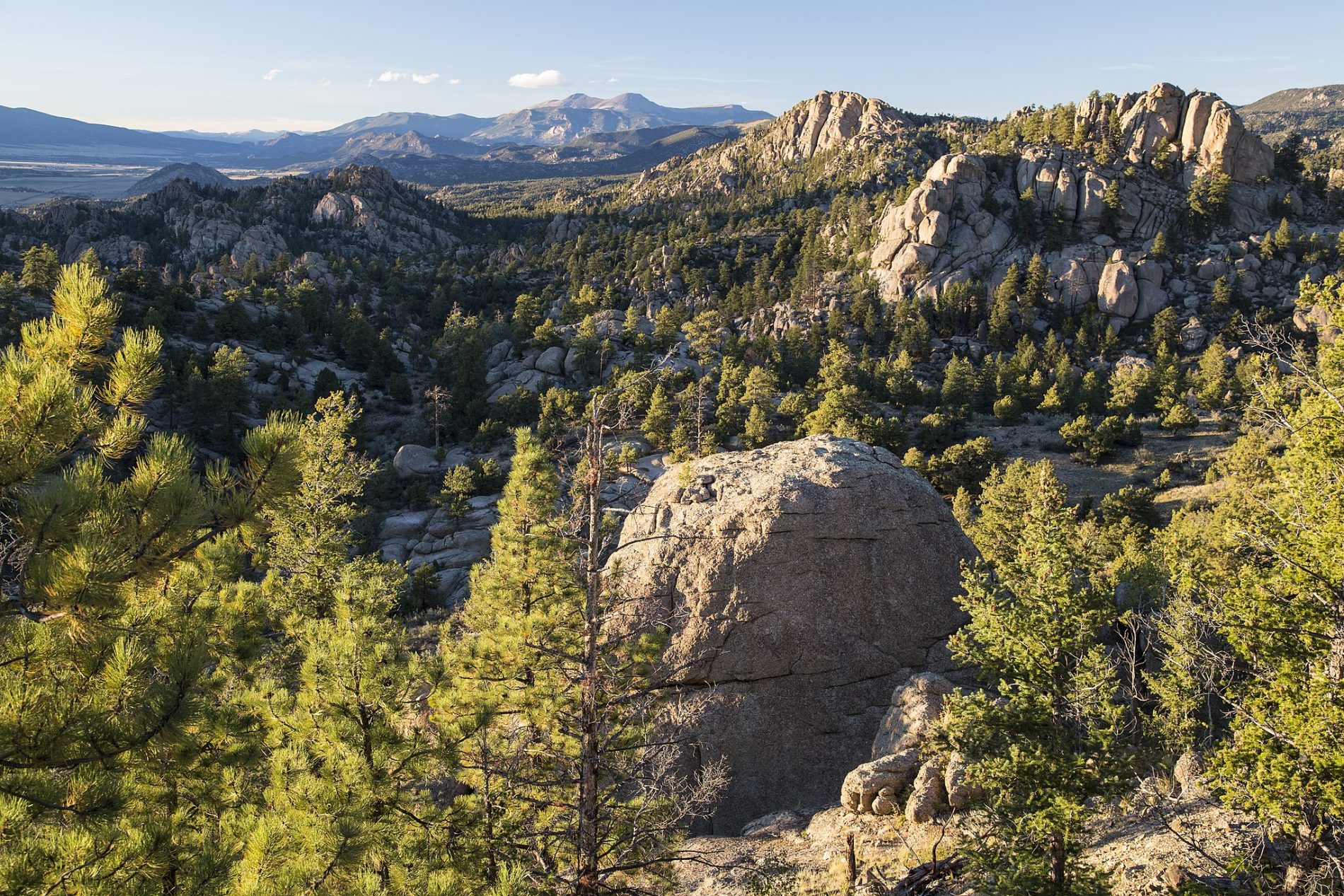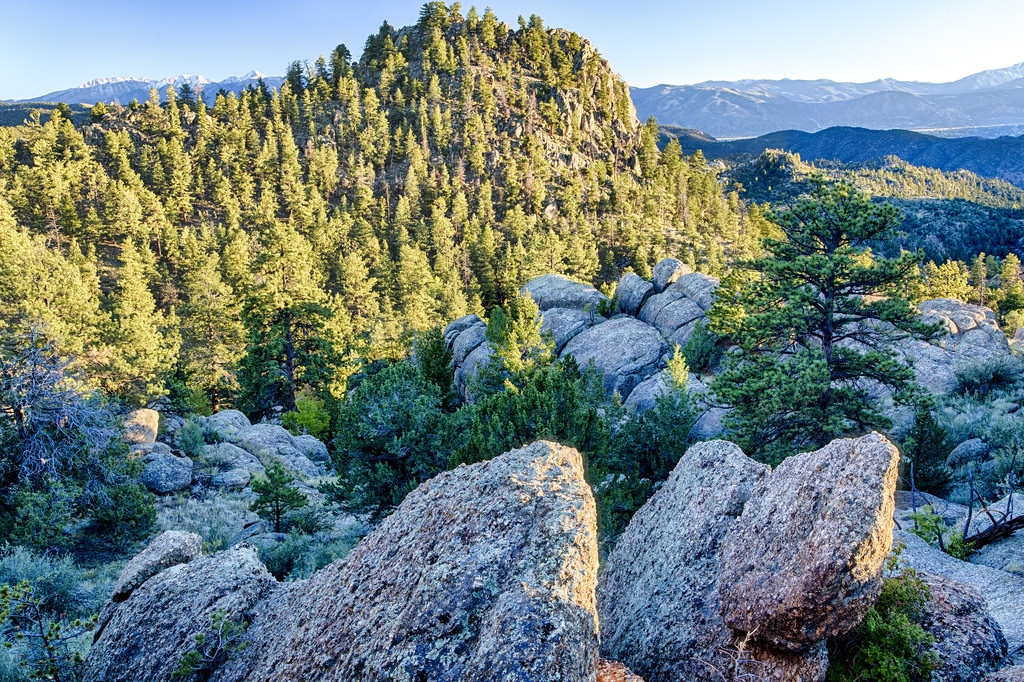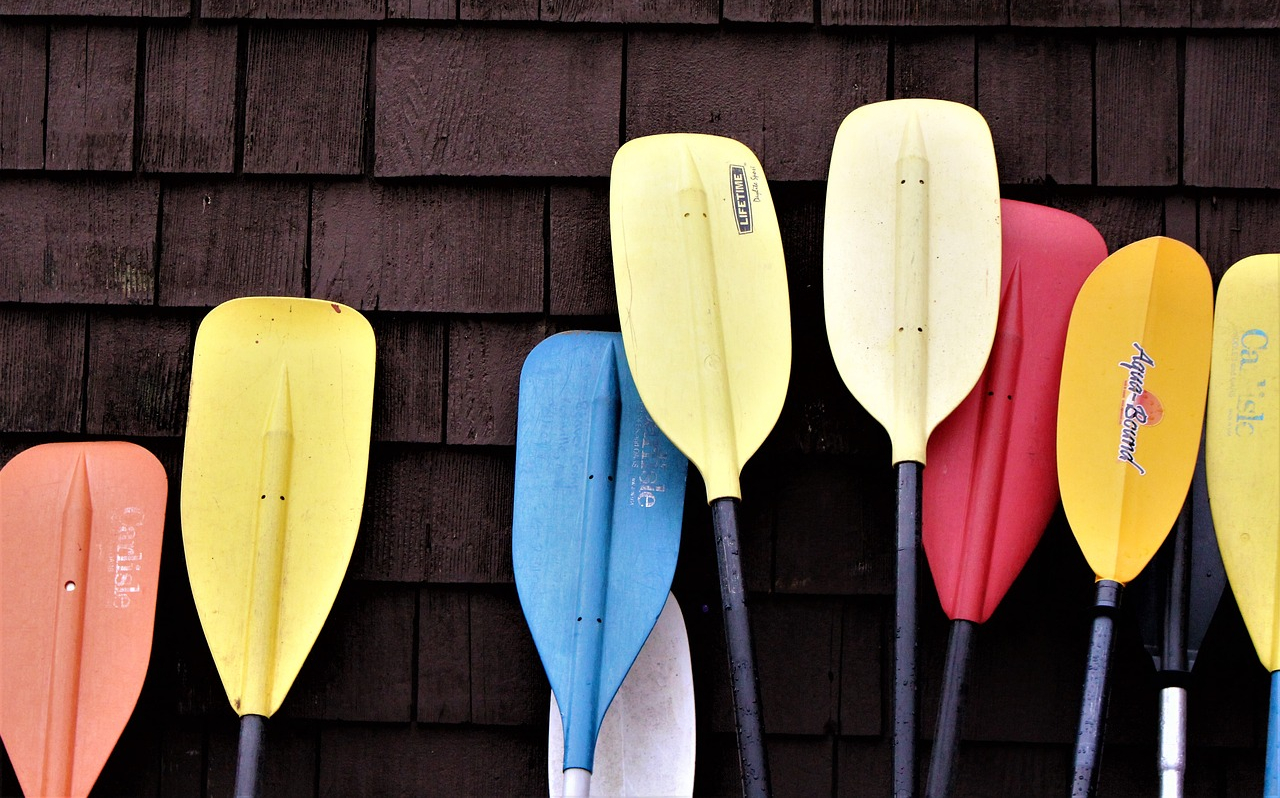Kodi Water Conservation
Let’s face it. We can’t very well go whitewater rafting without water conservation. Water conservation is much more than picking up your trash. It’s recognizing the issue and spreading awareness. It’s working as a community to leave clean water for the next generation. Take a look at some of our conservation and Leave No Trace ethos.
We love our rafting our white waters here in Colorado. But how does water quality affect your rafting life and why should you take part in managing it? We’re going to dive into Colorado water conservation and answer those questions for you.
What Makes Colorado Water Special?
Here in Colorado, we’re known as the headwaters state. Water flow from melting snowpack starts here in our mountains and runs to 18 states in the US through the Arkansas River. Plus the Colorado River flows into Mexico, making our water International. We also have eight major river basins and several aquifers. That’s a lot of water! But when water starts here, so does our need to be careful in our management of this life-giving asset. And to enjoy whitewater rafting for years to come, we have to work at protecting and conserving our whitewater.
What Issues are Affecting Our Rivers? 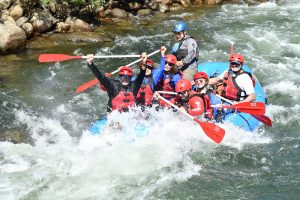
On a planet that’s made up of 71% water, why are we worried about running out? With droughts and climate change, fresh water levels are dropping to record low levels. Glaciers of freshwater are melting into the sea. And increased demand by agriculture, manufacturing, food production, power generation, lawns, pools, and household use means land is drying up. Pollution and runoff from heavily populated areas clog up our rivers and streams. It doesn’t take a rafting enthusiast to be passionate about water conservation. But whether you’re at home or in a raft and shooting the rapids, there are things we all can do.
What Are the Benefits of Water Conservation?
Water Flow
Can you imagine a whitewater rafting trip without the rapids tossing you around? That fun chaos in white, frothy water is because of rapid water flow over rocks and other features on the riverbed. The waters you traverse, like the Arkansas River and Colorado River, depend on healthy river flow. And without it, your rafting trip comes to a halt. But water flow does more than that. Plants and animals depend on moving water to live. The flora and fauna of Browns Canyon are an example. So when you put your oars in the water, that forward motion is a sign of great water conservation!
Water Metering
As stewards of this planet, we must responsibly use water. That’s why water metering is so important. You know of it in your house and see it when you pay your water bill every month. Metering controls the amount of water entering the property. This plays a huge role in water flow as well. Metering also takes place at dams, controlling water levels and flow, controlling the amount of water released from a reservoir down river. This allows you to navigate the white water rapids in your raft.
How Can I Protect Our Rivers for Rafting?
Know Where Your Water Starts
If you’re a local Coloradan, it’s not hard to identify where your water comes from. Snow fall from September through May builds up and waits until summer to melt and flow down the mountains and into our reservoirs, rivers, and homes. Find out where your water company sources your household water from. Or check out the EPA’s page on water mapping. Knowing where your water originates can instill pride and care for taking care of it. And on that next whitewater rafting trip, you can smile knowing you know where the water starts and how it ends up under your Kodi raft.
Protect the Storm Drains
No one wants to take a trip down a river that’s oily and filled with trash. Rafting aside, plant and animal life suffer as well. Did you know that the storm drain at your curb leads directly and unfiltered to your water source? Anything that goes into the storm drains ends up in the water. That’s why it’s important to ensure only rainwater flows into them. Absolutely no dumping from changing your engine’s oil. And of course trash goes in the proper receptacles.
Keep the Yard Under Control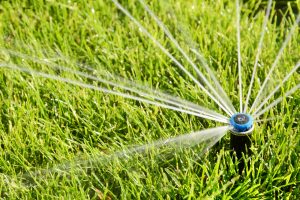
Certain types of turf can be detrimental to water conservation. Some species of grass need large amounts of water. And in times of drought and hot weather, the outcome can be rough on your water supply. Easy approaches like replacing your plants with more drought-conscious species does wondrous things. Rock gardens in place of large swaths of green grass are a nice option. And drought-resistant and species with low water requirements make your life easier by not needing to water all the time, and to ensure your water bill stays as low as possible. Keep the water in the river and raft it instead!
Always Use Water Wisely
An average bath uses anywhere from 35-50 gallons of water each time you jump in your soaking tub. If the grass and plants aren’t wasting it, bathing is. Now that doesn’t mean we’re advocating for lax hygiene. No, hopping in one of our rafting boats without washing first (it’s awkward for everyone) is not our recommendation at all! Turning off the water when brushing your teeth or doing dishes is a great place to start. Switching to showers drops water usage from that 35-50 gallons to just 10 gallons. And you can even shut off the shower water while soaping up to be extra conservative. That time and water saved is well spent on a white water rafting trip with your family.
There are many more ways you can go about water conservation where you live. Like cleaning up after your pets and keeping your lawn a longer length to protect the soil and avoid evaporation, fix any household leaks, and avoiding using salt on icy sidewalks. Learn more about #Water22 tips for water conservation. And did you know that March 22nd is World Water Day? There’s no need to wait until your next whitewater rafting trip down the Colorado River to understand the importance of our water management here in Colorado that flows downstream to so many others.
Everything is a hierarchy and the water world is no different. As human beings, we’re at the top of the water food chain. This means we must take care of our resources. We know you’re excited to get out on the water and experience whitewater rafting. But rafting far into the future requires clean, healthy water. It’s a cause we all have to contribute to. If you want to see what you’re fighting for, book a trip with Kodi Rafting, and let’s get you out on a raft trip!
The Majestic Arkansas River
We’re so lucky to call Colorado home not only for the endless beauty, but because we get to raft one of the longest and most magnificent rivers in the country - the beautiful Arkansas River. The Arkansas River runs through Colorado, Kansas, Oklahoma, and Arkansas, with the river’s source starting in our state of Colorado near Leadville, and dumping out into the Gulf of Mexico. The Arkansas River is a major tributary of the Mississippi River and is the sixth-longest river in the United States, making it one of America’s most popular rivers for adventure seekers and water enthusiasts alike. The Arkansas River runs as a steep, fast-flowing mountain river through the Rocky Mountains in it’s narrow valley dropping 4,600 feet in 120 miles- making it perfect for whitewater rafting.
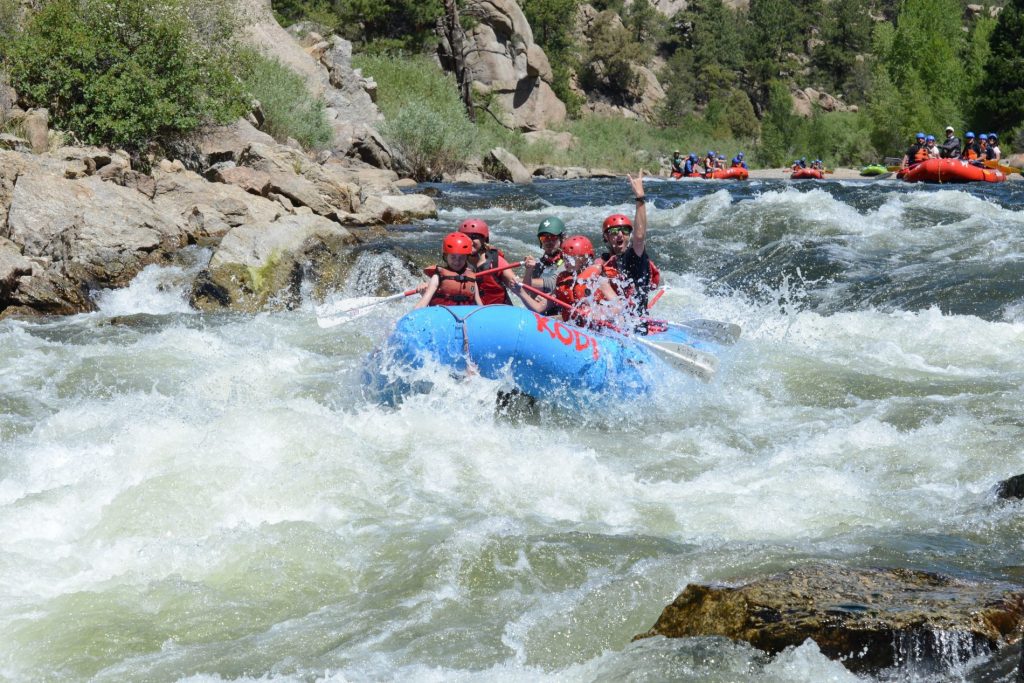
So, what’s the major significance of this particular river? Millions of years ago, the Rocky Mountains formed the Sawatch Mountain Range and over time, rain and snow runoff from these mountains sculpted the rocks creating jagged peaks and sweeping valleys. This shaped the landscape all the way from the Colorado mountains to where it flows into the Mississippi River in Arkansas.
Once it was formed long ago, the Arkansas River played an important role in western population expansion. From 1819 to 1846, the Arkansas River was the official border between Spanish Mexico and the United States. It was only after the Mexican-American war that the Arkansas River was said to lie within the boundaries of the United States. There was also a brief gold rush along the river which attracted thousands of early explorers to look for gold in its waters, but it wasn’t long before the gold was exhausted and gold seekers moved on elsewhere.
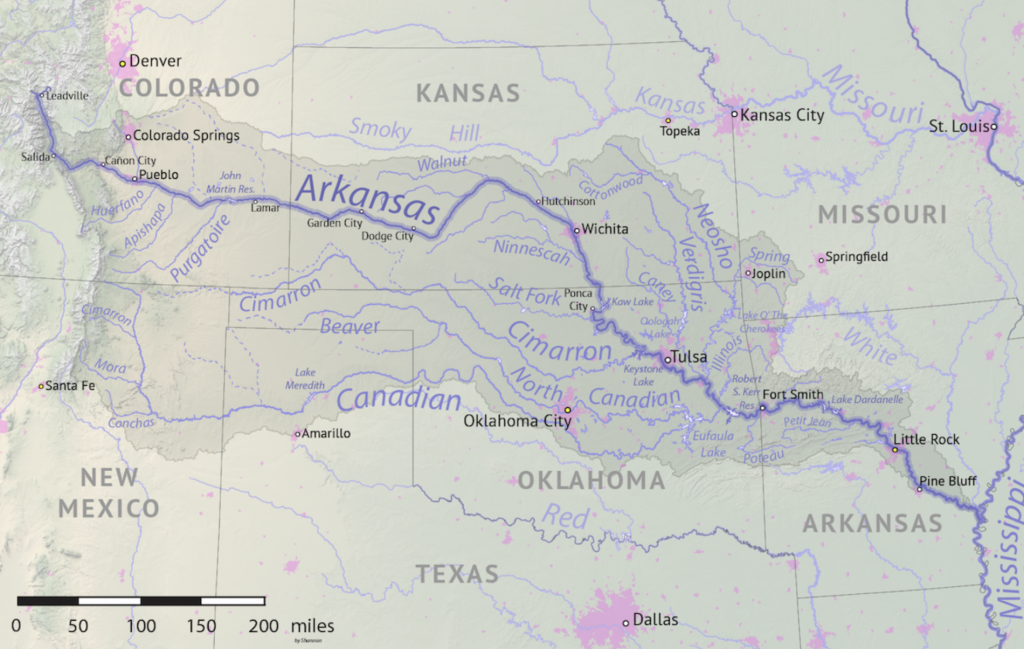
While irrigation is still significant along the Arkansas River in eastern Colorado and western Kansas, water management has helped to keep the river flowing throughout the year. Managing the water levels enables white water rafting groups to enjoy this river responsibly during summer months. The Ark, as locals call it, gains momentum as it flows past some of the biggest mountains in Colorado, benefiting from their abundant snowmelt in the spring and summer and the tributaries that feed it. Water levels vary depending on the amount of snow and precipitation we receive each winter season which melts from the many mountains surrounding the river. Just imagine how much water comes down from some of our tallest peaks that are 14,000 ft tall! After snowmelt has run out, get it while the gettin’ is good because the Arkansas' raftable flows only happen during a specific time of the year, with that flow slowing by mid-August. Basically, Clear Creek Reservoir, which is 3-4 miles downstream of Granite pumps water into the Arkansas so that the water levels don’t go below a certain raftable level during our high peak summer months.
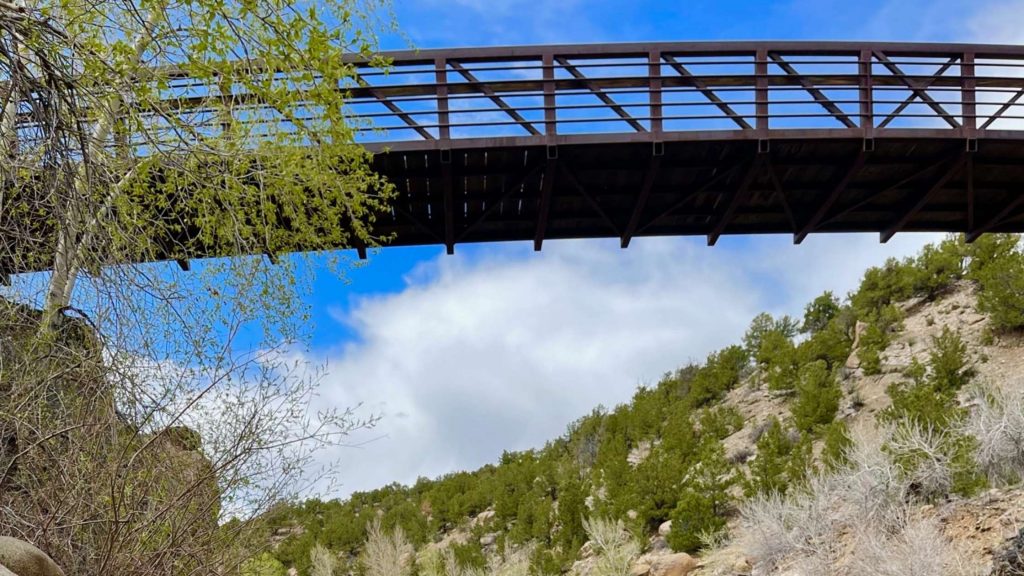
KODI Rafting’s Arkansas River raft trips range from mild, scenic floats to world famous class III to class IV whitewater. Our most popular Arkansas River trips take guests through the gorgeous Browns Canyon National Monument or through the raging rapids of the Numbers north of Buena Vista. The Arkansas River is ideal for families with young children, groups with mixed skill levels, and adventurous teens and adults. Choose your river trip here and contact us today for information and reservations online or give us a call at 970-668-1548, so we can help guide your plan for experiencing the waters of the Arkansas River!
The History of Browns Canyon National Monument: Part II
Friends of Browns Canyon, a 501 (c)(3) non-profit, officially formed in 2003, with volunteers spending hundreds upon hundreds of hours in the field mapping and getting to know the area. Later that year, the 5th Congressional District’s Republican Rep. Joel Hefley had 10 areas in the district and could pick one to push forward as a wilderness.
With a Republican congressman as an ally, the Friends of Browns Canyon thought their wilderness proposal for Browns Canyon was all but passed. But the legislative process in Washington would prove to be more complicated.
The bill was drafted, introduced to Congress in November 2005, and was passed favorably to the House Committee on Natural Resources. However, this is where the bill died because the NRA opposed the closure of the Turret Trail, which maintains access for hunters.
The Friends of Browns Canyon created a board of directors for the first time in 2012 and hired their first executive director. That year, Senator Udall proposed taking a different approach by pursuing a national monument for Browns Canyon. It would designate 22,000 acres for the national monument, 10,500 of which would be wilderness.
At the end of 2013, Udall introduced the Browns Canyon National Monument and Wilderness Act of 2013 in the Senate. In mid-2014, the U.S. Senate National Parks Subcommittee held a hearing on the bill. But the bill went no further in the Senate.
Along with Sen. Michael Bennet, who co-sponsored Udall’s bill, Udall urged President Barack Obama to consider using the Antiquities Act to designate Browns Canyon a national monument, sidestepping the congressional route that had failed for the last decade to bring the project full circle.
White House officials reported Feb. 18 that the president would use the Antiquities Act to declare Browns Canyon a National Monument. And sure enough, the next day
The History of Browns Canyon National Monument: Part I
Browns Canyon National Monument provides ample year-round recreation opportunities for sportsmen and outdoor enthusiasts.
The most popular stretch of whitewater river in the country runs through Browns Canyon, where commercial rafting companies offer a variety of float trips. The monument also protects important habitat for bighorn sheep, elk, mule deer and many other wildlife species. The monument’s multi-use trail system accommodates hikers, horseback riders, and mountain bikers, while the Arkansas River in Browns Canyon is part of a 102-mile Gold Medal trout fishery.
While many of us in the Arkansas River Valley can’t imagine not having Browns Canyon National Monument outside our back door, it was a designation that was hard fought and almost didn’t happen at all.
In 1976, Congress instituted the Federal Land Management Policy Act (FLPMA), an act that directed the Bureau of Land Management to review its land for best management practices and gave the BLM direction to manage resources. FLPMA was the first initiative that said the area in the heart of Browns Canyon, which wasn’t a wilderness study area yet, had wilderness characteristics.
From the late 1970s into the 1980s, Browns Canyon was further inventoried for wilderness characteristics, and in 1980, the BLM reached the decision that 6,614 acres of Browns Canyon did qualify as a wilderness study area and purchased nearly 150 additional acres to add to the original recommendation after an intensive inventory of the area. Inventorying of Browns Canyon continued through the ’80s. A 1991 BLM Wilderness Study Report officially recommended the Browns Canyon WSA for wilderness designation.
Around this time, a handful of advocates began the hard work of turning Browns Canyon into a dedicated wilderness. These were non-paid volunteers who, for the first 10 years, operated on less than $1,000 a year. Their goal was to create a wilderness area east of the Arkansas River with the Browns Canyon Wilderness Study Area at its heart.
Continued in Part II…
A Brief History of Whitewater Rafting
Water has been an important source of transportation for centuries, dating back to native Americans who used canoes and rafts to navigate North America’s vast waterways.
Modern whitewater rafting as we know it dates back to 1842 when Lieutenant John Fremont began exploring Colorado's Platte River. During this time, he and inventor Horace H. Day created a rubber raft featuring four rubber cloth tubes and a wrap-around floor to help survey the Great Plains and Rocky Mountains areas.
Early river rafting continued in 1869 when Major John Wesley Powell led ten men in four wooden boats on a scientific rafting exploration of the Green and Colorado Rivers. Although their boats weren’t built for Colorado whitewater rafting, there were many times when the men had no choice but to hold on tight and ride the rapids.
In 1940, the first commercial whitewater rafting trip went down the Salmon River in the northwestern U.S. At the end of World War II, surplus rafts became available and trips began to run down western rivers on a regular basis.
In the 1950’s, John D. Rockefeller Jr. constructed the Grand Teton National Park, which offered float trips down the Snake River.
However, it wasn’t until the 1960s that commercial whitewater rafting truly turned into a recreational activity for the masses. At first, outfitters used surplus military rafts to go whitewater rafting. Eventually, these were replaced by more modern inflatable rafts and rafting equipment.
In the 1970s, attention was brought to whitewater sports when kayak slalom was included in the Munich Olympic Games. Throughout the ‘70s and ‘80s, the equipment and tools used for whitewater rafting continued to evolve into what we use today.


